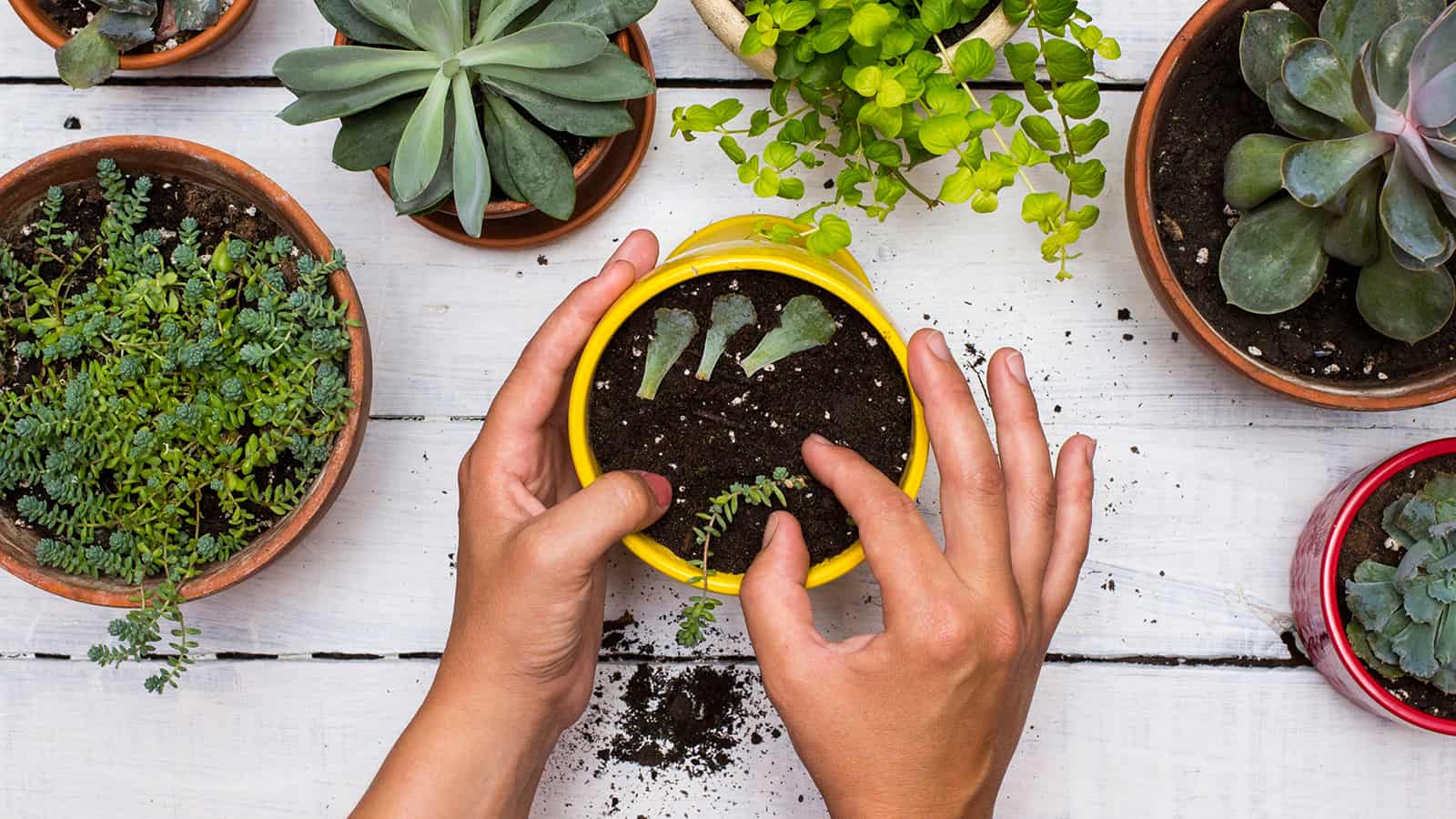For those who lack a green thumb, succulents make the perfect plants. It’s tough to kill succulents since they don’t require much water, and many don’t even need much sunlight. Consider a few succulents if you’re looking for low-maintenance plants to spruce up your indoor or outdoor living areas. They come in many varieties and can grow in almost any environment, although they do best in dry, arid climates.
Many people want to feel closer to nature but don’t have much time to care for plants. Luckily, succulents can offer the best of both worlds. Below, we’ll show you a few succulents that can add greenery and life to your home.
10 Succulents That Are Perfect, Even If You Lack a Green Thumb
Check out these beauties–they’ll add charm to your home.
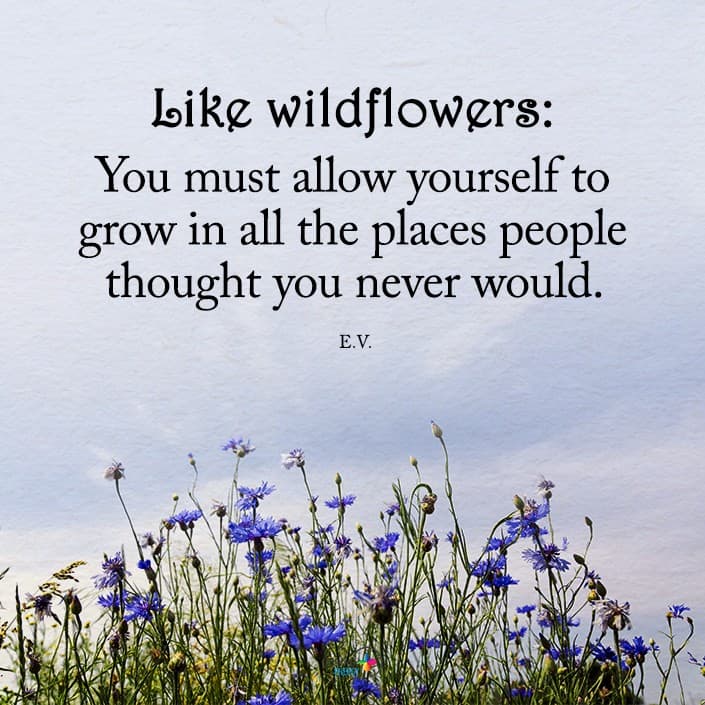
1 – Zebra Cactus
Native to Africa, the Zebra Cactus succulent gets its name from the horizontal stripes on its leaves. Since it’s relatively small, you can place this cute succulent in a windowsill or ledge in your home. White flowers will begin blooming between October and November, adding even more beauty to your environment. It also soaks up water in its leaves, so it will only need water every two weeks or once a month.

2 – Crown of Thorns
These succulents from Madagascar can thrive as outdoor or indoor plants. However, they grow best indoors at a temperature between 65-75 degrees F. They need at least three or four hours of direct sunlight each day, so make sure to place it in a window facing the sun.
It doesn’t need much water, especially in the winter months. Remember that it has sharp thorns and excretes a latex sap that can cause skin or eye irritation. When caring for it, make sure to use gloves.

3 – String of Bananas
This succulent from South Africa gets its name from the long vines of banana-shaped leaves. Not only is it adorable, but it’s a low-maintenance plant that blooms white flowers in early spring, making it aesthetically pleasing. It requires bright, indirect sunlight and only needs watering once a week in spring and summer and every two weeks in the fall and winter.
4 – Lithops (Living Stones)
Also known as living stones due to their appearance, these succulents are native to South Africa. The compact, squishy leaves have a slit down the middle, giving them half-moon shapes. The succulent produce leaves in the spring and beautiful yellow or white flowers in late summer or fall.
They come in various colors such as pink, green, gray, and brown and may also have curved lines or dots. They need 4-5 hours of direct sunlight daily and only need water every two weeks. In the summer and winter, they don’t need any water since they’re dormant during this time.
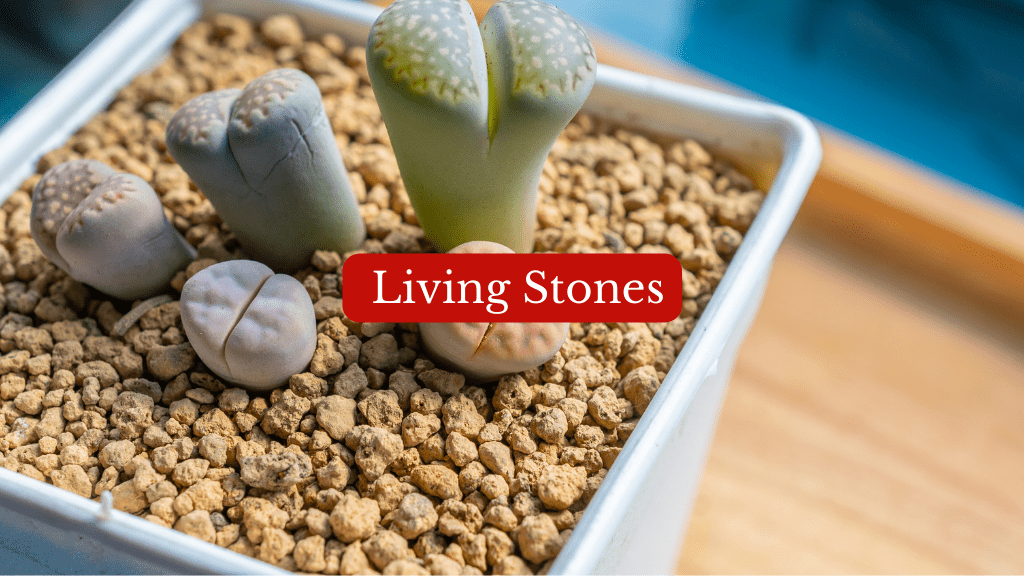
5 – Donkey’s Tail
This plant is another hanging succulent from Mexico and grows best in sunny, moderate climates. They can grow up to four feet long in about six years, although most only reach 2 feet long. If you place these succulents outdoors, red, yellow, or white flowers may bloom in late summer.
The donkey’s tail needs about 3 hours of sunlight; however, if you’re growing it outdoors, make sure it’s partially shaded in the afternoon. The direct sunlight may burn its fragile, sensitive leaves. Water this plant about once a month indoors and every two to three weeks outdoors.
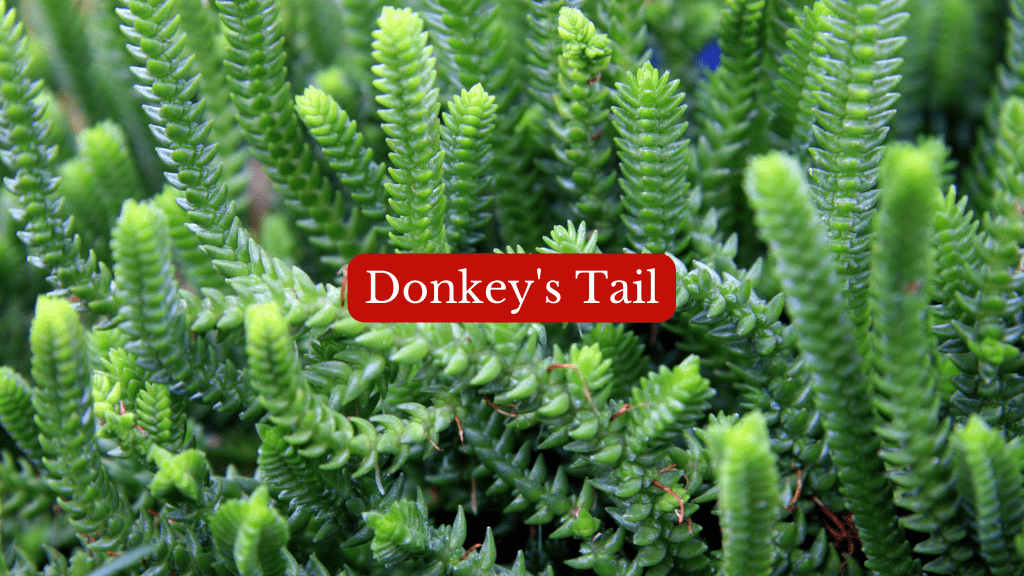
6 – Alabaster Rose
Easily one of the most beautiful, common succulents, these plants get their name because of their resemblance to a rose. They’re native to Mexico and parts of Central America, so they grow best in desert conditions. However, they will tolerate moist, cold environments as long as they’re grown indoors.
They grow slowly and typically measure about twelve inches in height and spread. These gorgeous plants need direct sunlight and moderate amounts of water in the summer.
7 – Christmas Cactus
These stunning hanging succulents bloom in late fall and early winter, making them an excellent addition to your home at Christmastime. Native to Brazilian rainforests, this plant grows reasonably fast and can reach two feet tall within two years. The flowers are generally pink, red, magenta, white or purple. Holiday cacti grow best in low light and need water one to three times per week, depending on the season.
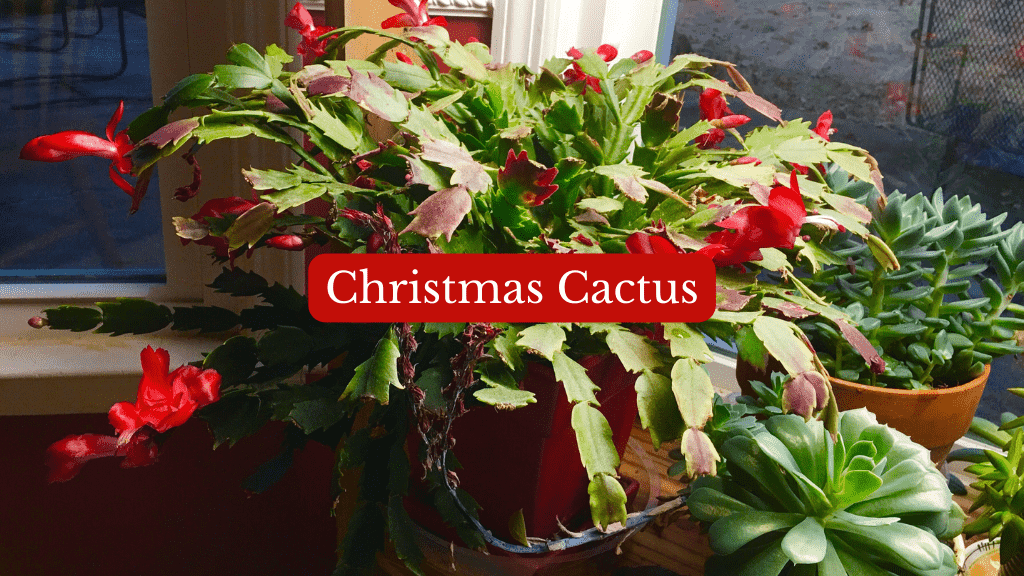
8 – Kalanchoe Tessa
These decorative succulents bloom orange-red, tubular flowers late winter to early spring. They can grow up to a foot tall and two feet wide and only need partial sunlight. However, in the growing season, make sure to expose them to direct sunlight. These succulents only require watering once per week.

9 – Jade
Native to South Africa, these succulents are pretty popular and easy to grow. They have thick stems similar to tree trunks and fleshy, dark green leaves. People in South Africa used to believe they brought good luck and would offer them as housewarming gifts. They can grow between three to six feet tall, requiring full sun and frequent watering.
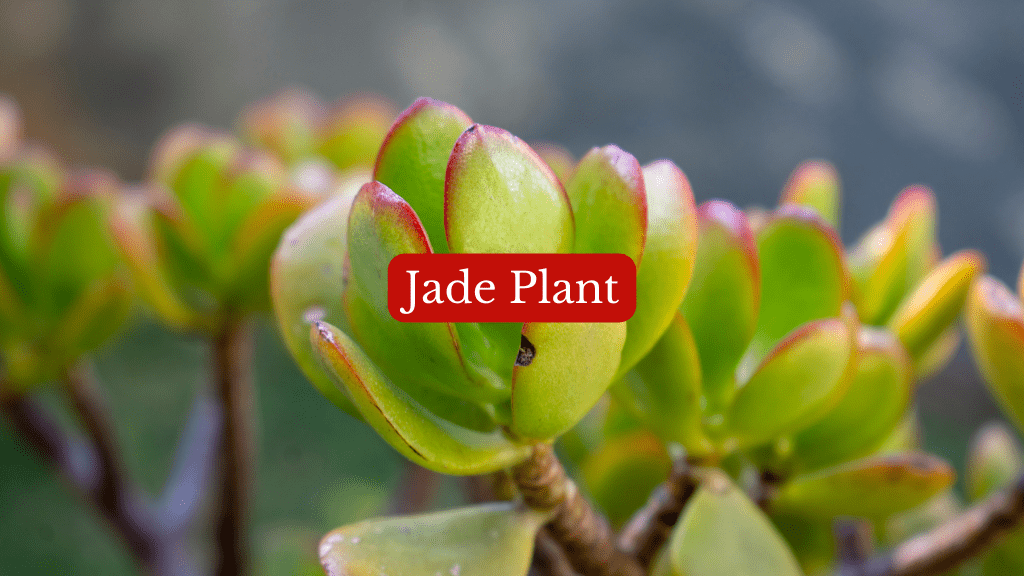
10 – Hens and Chicks
These unique succulents are native to Europe and parts of Africa. It gets its name from how it grows since the rosettes form offshoots (chicks) from the mother plant in the center (a hen). These plants resemble artichokes when they reach maturity. They come in various colors, typically including shades of green, red, blue, copper, and purple.
Hens and chicks grow best in a temperature climate between 65 and 75 degrees F. They’re low-maintenance succulents that require six hours of full sunlight each day and very little water. They can go weeks without an ounce of water once they’re mature. However, it’s a good idea to water them once every one or two weeks in scorching climates.

Final Thoughts on Best Succulents to Grow in Your Home
Succulents require the minor maintenance of almost any plant, making them ideal for the busy and forgetful among us. Everyone deserves to have beautiful plants in their home, as looking at nature calms the nerves and uplifts the spirit. If you’re interested in connecting with nature, consider adding some succulents to your living space. You won’t regret it!


